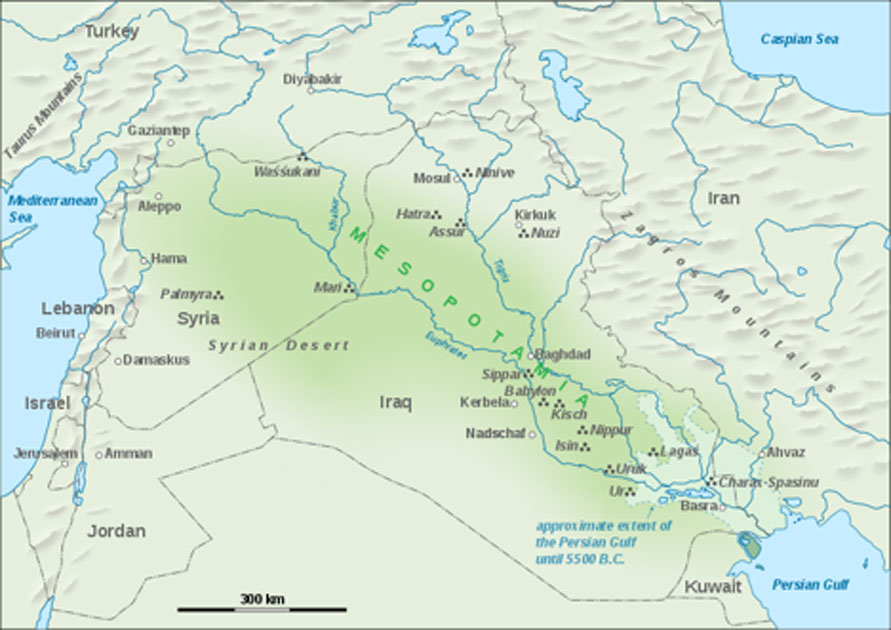
Translating Archaic Sumerian Cuneiform: Pinpointing Eden, or Kharsag, Garden of the Gods
Translating cuneiform as a historical source is still nowhere near an exact science, and what we find amongst so many specialists is a reliance on interpretations of the latest Akkadian versions of cuneiform written around 1500 BC, which bear little resemblance to the original meanings and contexts used, when they were first written down, as much as 4,000 years earlier.

Map of Mesopotamia, showing ancient city-states of Sumer, including Nippur, Mari and Uruk, as well as present-day Lebanon. (CC BY-SA 3.0)
Origins of Cuneiform
Cuneiform was written with the wedge-shaped end of a reed, cutting into a wet clay tablet or cylinder, in many different shapes and styles for different purposes. It evolved over a long period of time under the direction of scribes in the Near East, Mesopotamia, the wider Fertile Crescent and the Indus Valley, spreading outwards with the subsequent migrations of these people to all corners of the world, including Britain well before 2,000 BC.





